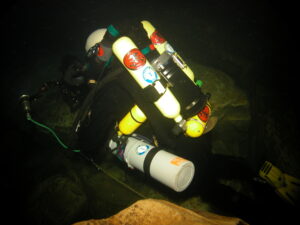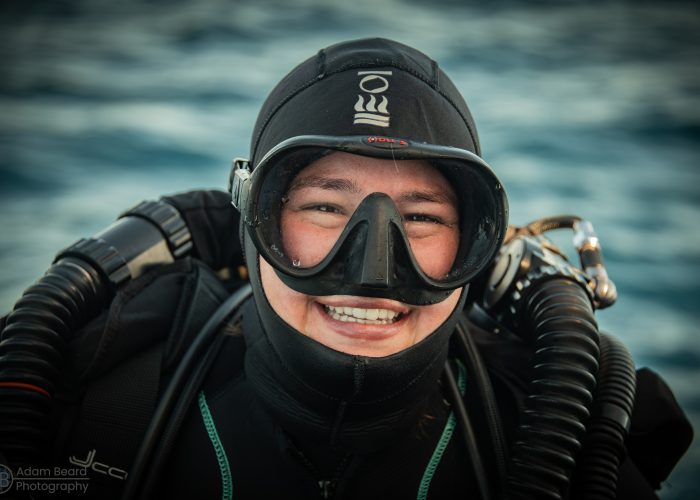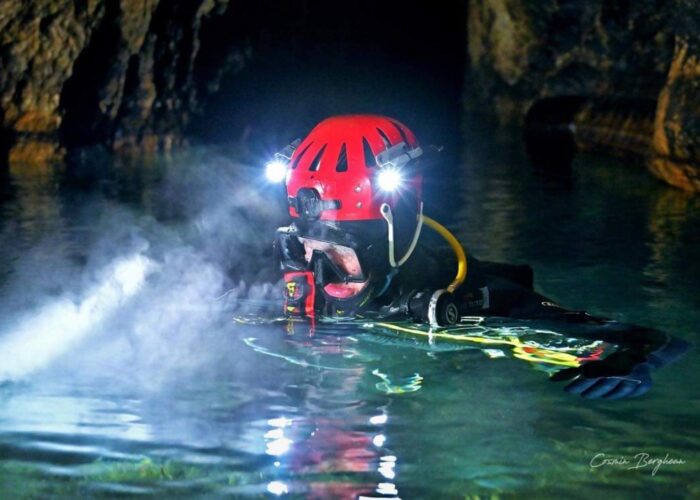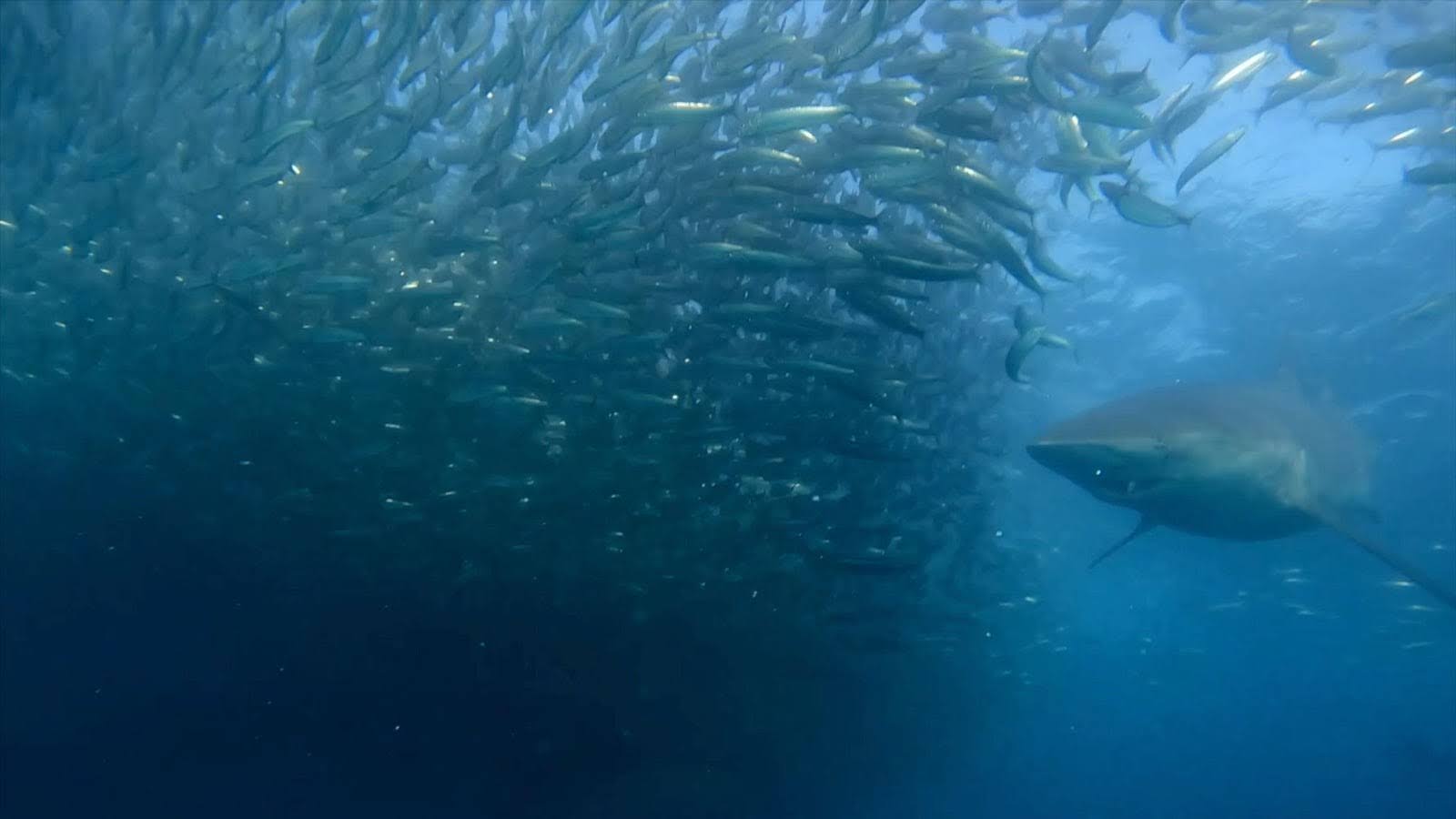Introduction
Technical and research diving encompasses a wide spectrum of related disciplines. The scope is immense, so any treatise on tech diving is limited in scope. With that caveat, a short glossary of terms and definitions is first given with special care to linkage to the queries. This is the first post in a 4-part series with important information on Technical Diving, from a glossary of terms to some frequently asked questions.
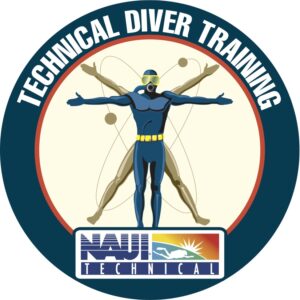
Both standard (SI) and U.S. (or Imperial) units are employed in diving science. By convention, by usage, or for ease, nonstandard units are also useful. For instance, pressure and depth are both measured in feet-of-sea-water (fsw) and meters-of-sea-water (msw) with 1 atm = 33 fsw = 10 msw to good approximation.
Many acronyms, initialisms, and terms are standard in tech diving, and the following list of the more common links to the queries and explanations following:
AGE: arterial gas emboli, bubbles in the arterial circulation.
ANDI: Association of Nitrox Diving Instructors.
BDM: basic diffusion model, a residual nitrogen model tracking dissolved gas with diffusion equations employing a single limit point for staging divers, developed by Hempleman.
BM: bubble phase model dividing the body into theoretical tissue compartments with halftimes that are coupled to inert gas diffusion across bubble film surfaces of exponential size distribution constrained in cumulative growth by a volume limit point.
bounce diving: no-stop diving avoiding decompression staging on the way up.
bubble broadening: noted laboratory effect that small bubbles increase and large bubbles decrease in number in liquid and solid systems due to concentration gradients that drive material from smaller bubbles to larger bubbles over time spans of hours to days.
bubble regeneration: noted laboratory effect that pressurized distributions of bubbles in aqueous systems return to their original non-pressurized distributions in time spans of hours to days.
CCR: closed-circuit rebreather, a special rebreather system that allows the diver to fix the oxygen partial pressure in the breathing loop (called setpoint).
CMAS: Confédération Mondiale des Activités Subaquatiques / World Underwater Federation.
critical radius: temporary bubble radius at equilibrium when pressure inside the bubble just equals the sum of external ambient pressure and film surface tension.
DB: data bank storing downloaded computer profiles in 5-10 second time-depth intervals.
DCI: decompression illness, collective term applied to classes of maladies associated with diving.
DCS: decompression sickness, crippling malady resulting from bubble formation and tissue damage in divers breathing compressed gases at depth and ascending too rapidly.
decompression stop: necessary pause in a diver ascent strategy to eliminate dissolved gas and/or bubbles safely and model based with stops usually made in 10 fsw increments.
deep stop: decompression stop made in the deep zone to control bubble growth.
DAN: Divers Alert Network.
decometers: underwater dive computers used to stage divers.
denucleation: process of removing bubble seeds with high pressure.
diveware: diver staging software package usually based on USN, ZHL, VPM, or RGBM algorithms.
diluent: any mixed gas combination used with pure oxygen in the breathing loop of rebreathers.
Doppler: an ultrasound device for counting bubbles in flowing blood that bounces acoustical signals off bubbles
and measures change in frequency.
DSAT: Diving Safety and Technology; the research arm of PADI.
DSL: Diving Safety Laboratory, the European arm of DAN.
EAD: equivalent air depth, equivalent nitrox mixture depth used to enter the standard air tables and extendable to any standard set of other dive tables.
EAHx: enriched air helium breathing mixture with oxygen fraction, x, above 21% called helitrox.
EANx: enriched air nitrox breathing mixture with oxygen fraction, x, above 21%.
ESLD: equivalent sea level depth, altitude depth used to enter sea level dive tables.
FDF: Finnish Diving Federation.
flops: floating point operations per second, a computer metric denoting number of adds, subtracts, divides and multiplies per second.
GF: gradient factor, a multiplier of USN and ZHL critical gradients, G and H, that mimics BMs.
GM: dissolved gas model dividing the body into tissue compartments with arbitrary half times for uptake and elimination of inert gases with tissue tensions constrained by limit points.
GUE: Global Underwater Explorers.
habitat: actual underwater dry living domain for extended activities.
heliox: breathing gas mixture of helium and oxygen used in deep and decompression diving.
HPNS: high pressure nervous syndrome, a malady associated with deep and decompression diving on mixed gases in and beyond the 400 fsw zone.
hydrox: breathing gas mixture of hydrogen and oxygen with explosive caveats and concerns.
IANTD: International Association of Nitrox and Technical Divers.
ICD: isobaric counter-diffusion, inert dissolved gases (helium, nitrogen) moving in opposite directions in tissue and blood.
LANL: Los Alamos National Laboratory, federal research facility located in New Mexico.
IDF: Irish Diving Federation.
mirroring: the gas switching strategy on OC ascents of reducing the helium fraction and increasing the oxygen fraction in the same amount thereby keeping nitrogen constant.
mixed gases: combination of oxygen, nitrogen, and helium gas mixtures breathed underwater.
MOD: maximum oxygen depth, maximum depth for given safe oxygen partial pressure.
MPP: massively parallel processor, a supercomputer with thousands of independent minicomputers all hooked together and sharing information.
MTM: multitissue model, variant of the USN model with different tissue compartments and M-values.
M-values: set of limiting tensions for dissolved gas buildup in tissue compartments at depth.
NAUI: National Association of Underwater Instructors.
NDL: no-decompression limit, maximum allowable time at given depth permitting direct ascent to the surface.
NEDU: Naval Experimental Diving Unit, diver testing arm of the USN in Panama City.
NEST: Nuclear Emergency Strategy Team, a dedicated group of scientists and engineers engaged in the discovery, assessment, disablement and removal of hostile nuclear devices and WMDs.
nitrox: breathing gas mixture of nitrogen and oxygen used in recreational diving.
OC: open circuit, underwater breathing system using gases from a cylinder that are exhausted upon exhalation.
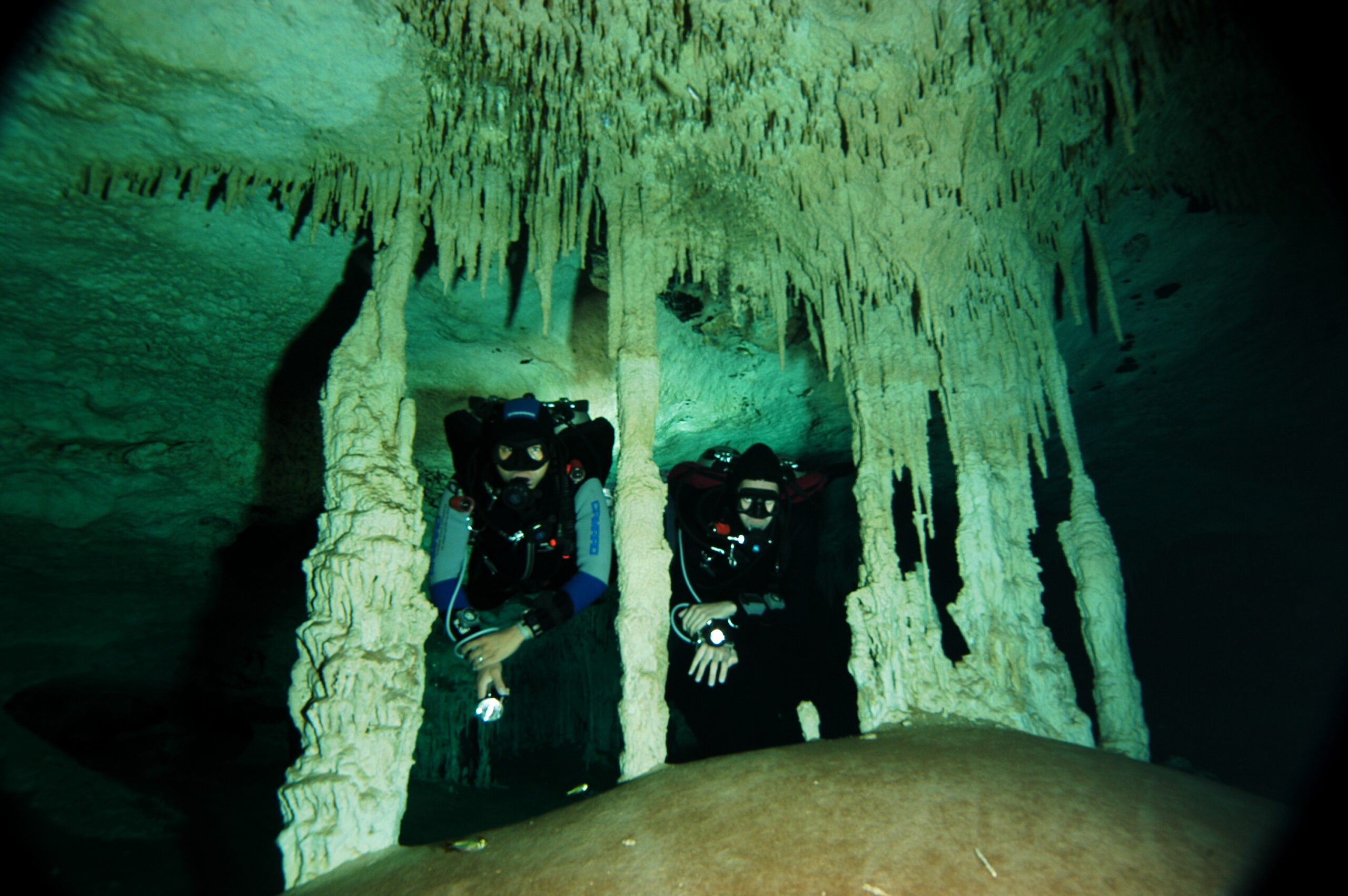 Ostwald ripening; large bubble growth at the expense of small bubbles in liquid and solid systems.
Ostwald ripening; large bubble growth at the expense of small bubbles in liquid and solid systems.
OT: oxtox, pulmonary and/or central nervous system oxygen toxicity resulting from overexposure to oxygen at depth or high pressure.
oxygen limits; maximum allowable exposure time to high pressure oxygen before oxtox issues.
PADI: Professional Association of Diving Instructors.
PDE: Project Dive Exploration, a computer dive profile collection project at DAN.
phase volume: surfacing limit point for bubble growth under decompression.
RB: rebreather, underwater breathing system using mixed gases that are recirculated into the breathing loop after carbon dioxide is chemically removed (scrubbed).
RP: reverse profile, a dive made deeper than the previous dive.
recreational diving: air and nitrox no-required-decompression diving.
RGBM algorithm: an American bubble staging model correlated with DCS computer outcomes by Wienke.
saturation diving: long and deep exposures at depth wherein all tissue and blood are equilibrated at ambient pressures so that return to the surface requires extensive decompression time.
SCR: semi-closed-circuit rebreather, a rebreather similar to a CCR but using only one canister of breathing gas instead of oxygen and diluent separately.
SDI: Scuba Diving International.
shallow stop: decompression stop made in the shallow zone to eliminate dissolved gas.
SI or SIT: surface interval, time between dives.
SMP: shared memory processor, a supercomputer with many nodes sharing a common memory bank.
Square-root law: rough constancy of the product of depth and square root of nonstop time limits.
SSI: Scuba Schools International.
TBDM: tissue bubble diffusion model, a model that correlates DCS risk with bubble size and dose developed by Gernhardt.
TDI: Technical Diving International.
technical diving: mixed gas (nitrogen, helium, oxygen),
OC and RB, deep and decompression diving.
TMX x/y: trimix with oxygen fraction, x, helium fraction, y, and the rest nitrogen.
TM: thermodynamic model, the first dual phase bubble model staging with phase volume limit points developed by Hills.
trimix: breathing gas mixture of helium, nitrogen and oxygen used in deep and decompression diving.
USN algorithm: an American dissolved gas staging model developed by Workman of the US Navy.
VGE: venous gas emboli, bubbles in the venous circulation.
VPM algorithm: an American bubble staging model based on gels by Yount.
WKPP: Woodville Karst Plain Project, an underwater cave exploration and mapping project in Florida.
ZHL algorithm: a Swiss dissolved gas staging model developed and tested at altitude by Bühlmann.
Click here for part two, part three and part four of the series.

